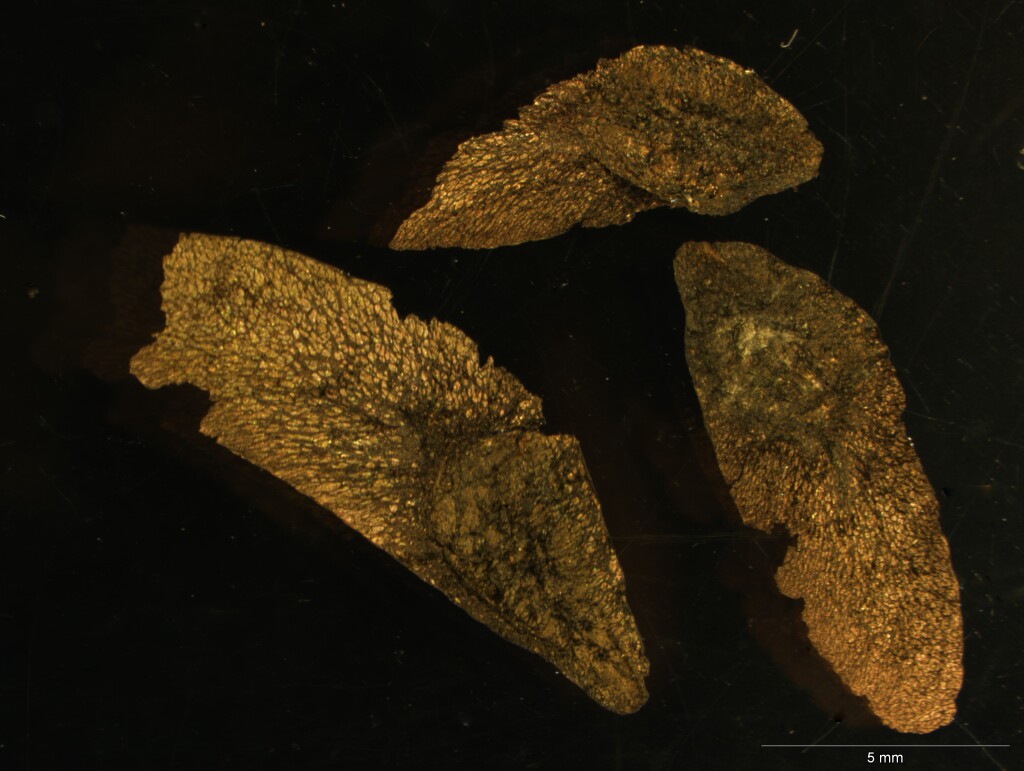Hakea teretifolia subsp. hirsuta
(Endl.) R.M.Barker Dagger HakeaSlender and erect, or spreading shrub, 1–4 m high; branchlets densely tomentose, glabrescent by flowering; Leaves rigid, terete, sometimes flattened when young, 0.5–7.7 cm long, 0.8–1.7 mm wide, not grooved; apex straight. Inflorescence of 4, 6 or 8 flowers; rachis obscure; pedicel and perianth densely tomentose; pedicel 2.5–4 mm long; perianth 3.7–5.5 mm long, white or cream-white; pistil 11–17 mm long, deflexed; pollen presenter an oblique disc. Fruit narrowly ovate to lanceolate with an obliquely transverse, irregularly toothed crest c. one-third from base, 1.6–2.7 cm long, 0.5–0.9 cm wide, finely black-warted or smooth, dark brown-streaked; horns lacking; seed not occupying whole valve face, narrowly elliptic, 11–15 mm long; wing light or dark brown. Flowers Nov.–Feb.
Wim, VVP, GipP, GGr, DunT, EGL, EGU, WPro, HSF, Strz. Occasional to locally common in damp to wet, lowland heaths and heathy woodlands east of Melbourne, with a disjunct occurrence in the Grampians.
At least some populations of this species are lignotuberous as shown by specimen from Genoa, taken from a plant regenerating after fire.
Barker, R.M.; Barker, W.R.; Haegi, L. (1996). Hakea. In: Walsh, N.G.; Entwisle, T.J., Flora of Victoria Vol. 3, Dicotyledons Winteraceae to Myrtaceae, pp. 870–882. Inkata Press, Melbourne.
 Spinning
Spinning

